Wash Yejia Xuefei introduce how to drink rinse water wash Yega Xuefei ratio
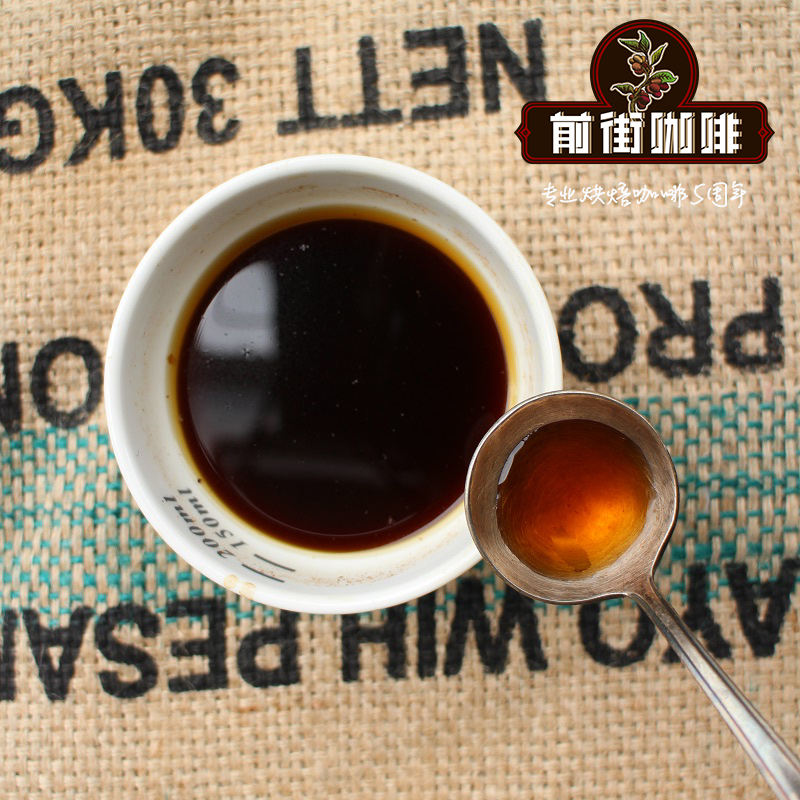
Professional coffee knowledge exchange more coffee bean information please follow the coffee workshop (Wechat official account cafe_style)
What kind of existence is Yejia Xuefei? in front of the street, it is a cup of fine wine mixed with flowers and fruit. The most prominent thing about Yejassefi is its floral fragrance and lemon-like acidity, which brings an indescribable experience with this fresh and clean flavor and taste. Qianjie believes that Yejia Xuefei is a suitable choice for beginners, in addition to its obvious distinction from Italian coffee, but also in that it is a kind of coffee that does not want coffee, breaking people's traditional impression of coffee and giving you a sense of comfort that flowers stimulate taste buds and olfactory cells in the nasal cavity.
Yega Chefe is located in Ethiopia, the birthplace of Arabica coffee beans. It is a natural wetland, so Yega Xuefei originally means "Let's settle down on this wetland." Originally affiliated to the Sidama producing area, the coffee beans produced in the vicinity of the town of Yegashefi have been independent because of their unique floral and citrus flavor, and have become a famous coffee producing area in Ethiopia. Today, fewer and fewer people use "Yega Sheffield Sidamo" to search for Yega Sheffield coffee beans.
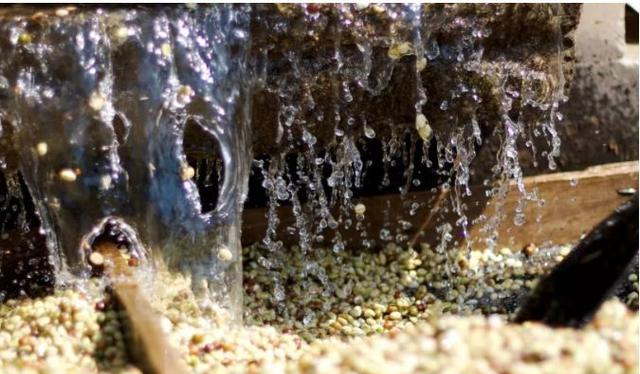
Washing method (Washed)
The peel, pulp and mucous membrane are removed by washing and fermentation. farms that use the washing method must build washing ponds and be able to introduce an endless supply of live water. During the treatment, the fermented beans are put into the pool and passed back and forth, using the friction of the beans and the power of running water to wash the coffee beans until smooth and clean. After washing, at this time, the coffee beans are still wrapped in the pericarp with a moisture content of 50%. It must be dried to reduce the moisture content to 12%, otherwise it will continue to ferment and become moldy and rotten. The better treatment is to use sunlight drying, although the procedure is complicated, it takes 1-3 weeks, but the flavor is excellent and very popular.
What are the steps of washing treatment?
Washing collection / flotation / rinsing-peeling / beating-fermentation / degumming-washing-drying-storage
What are the procedures of these steps:
Wash collection / flotation / rinse: coffee berries are sent to be processed immediately after picking, usually within 6 to 12 hours of picking. Coffee berries are first weighed, sorted, and then soaked in a pool in order to select fruits that float because of poor quality.
Peeling / beating: then the coffee berries are sent to the beater for peeling, this step is to remove the skin and pulp of the coffee berries.
Fermentation / degumming: coffee fruits without pulp and peel are sent to a fermentation tank or barrel for 18 to 36 hours, depending on the temperature at which they are fermented. During fermentation, yeast produces enzymes, and lactic acid bacteria decompose the sugar in coffee pectin. Lipids, proteins and acids in sugars are degraded and converted into alkyd (alcohol acidic acids). The smell, color and pH of coffee will change, and so will the pectin composition of coffee.
Wash: the coffee berries after fermentation degumming will be washed by adding an appropriate amount of water in the pool. During the cleaning process, the pectin decomposition products on the surface of coffee beans will be removed by stirring, leaving coffee sheep skin, silver skin and raw beans after cleaning.
Drying: washed coffee beans are sorted to remove defective coffee beans. Then it will be sent to the drying place (tarpaulin, cement floor, high bed, etc.) for drying treatment. Drying treatment will be based on the environment and climate and other factors to determine the length of time, usually ranging from 5 to 14 days. At this point, the moisture content of coffee beans will be reduced from 55% to 11%.
Storage: dried coffee beans are called shelled beans-raw coffee beans with sheep skin. The shell beans will be sent to the warehouse for preservation and will be shelled before export.
What are the characteristics of washed coffee beans?
Qianjie Coffee believes that the water-washed coffee has obvious acidity, good cleanliness, moderate touch and the most consistent quality of raw beans. Water washing treatment is commonly used in African coffee producing areas, which can make coffee beans in African coffee producing areas better reflect the bright acidity of citrus.
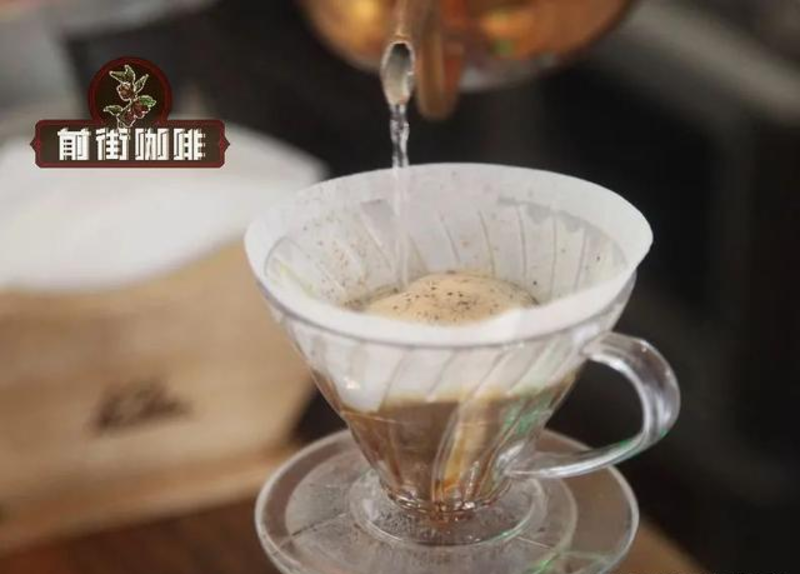
How to boil and wash the coffee beans?
Qianjie coffee in the baking water treatment of coffee beans, generally use light roasted beans, medium-shallow roasted coffee beans, can retain more acid in coffee beans, so that coffee beans can obviously express clean and bright acid after roasting. Therefore, the water temperature recommended for light roasted coffee beans in Qianjie coffee is really 90-91 degrees. Too high water temperature will make medium and shallow roasted coffee beans extract unpleasant flavors such as wood, and too low water temperature is so sour that the flavor can not be fully extracted. Next, take the Ethiopian pudding of Qianjie coffee as an example.
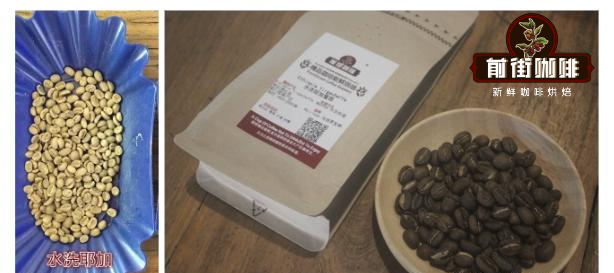
Wash Yega Xuefei
Country: Ethiopia
Producing area: Yega Xuefei
Altitude: 1800-2000 m
Treatment: washing treatment
Variety: native species
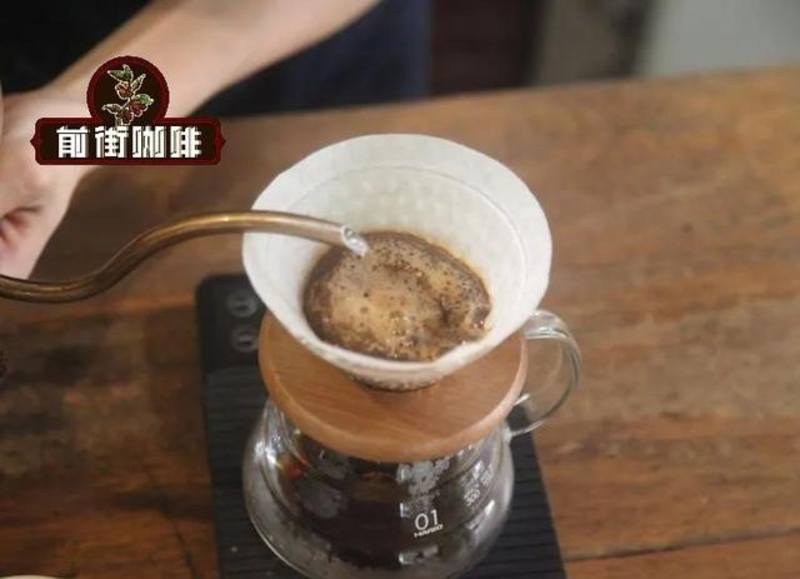
Qianjie coffee brewing parameters
Scale: Fuji 3.5Water temperature: 90 ℃ inject 25g water for 30 seconds, fill it to 120g water and finish cooking at 226g. Total time: 2 minutes 05 seconds.
V60 tapered filter cup mouth is relatively large, coupled with its unique spiral curve ribs, so that the air can be discharged more easily to improve the extraction quality. The taste may not be thick enough, but its high concentration of sweet and sour and obvious aroma is a major feature of it. And with different water injection methods and kalita three-hole trapezoidal filter cup 0 transparent resin
Flavor: it smells of lemon and nuts, the entrance is citric acid, sugar is sweet, with a hint of flowers, the aftertaste of oolong tea.
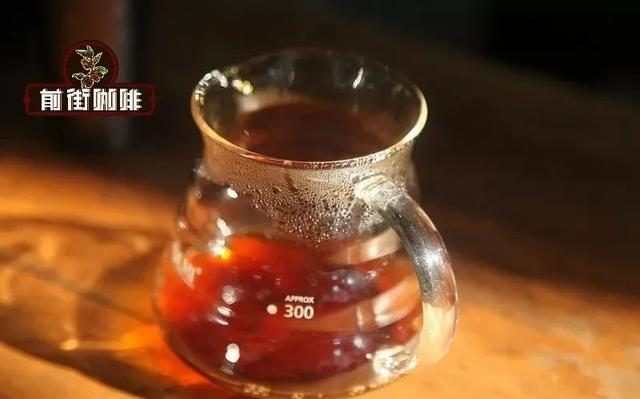
Important Notice :
前街咖啡 FrontStreet Coffee has moved to new addredd:
FrontStreet Coffee Address: 315,Donghua East Road,GuangZhou
Tel:020 38364473
- Prev
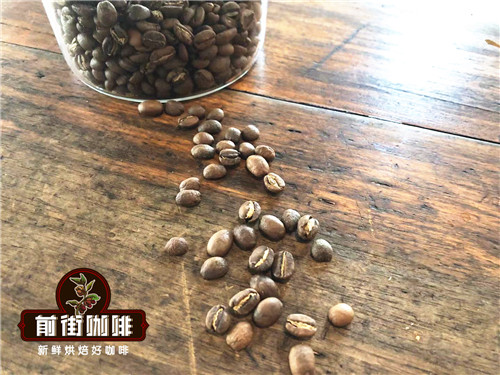
Flavor characteristics of washed Yega Chevy Coffee suggestion on the proportion of brewing temperature of hand-washed Yejia Chevy Coffee beans
Professional coffee knowledge exchange more coffee bean information please follow the coffee workshop (Wechat official account cafe_style) Yega Xuefi (Yirgacheffe) in the Gedeo region of southern Ethiopia, the jurisdiction of this area is more well-known are Yega Xuefei and Kirchell (K.
- Next
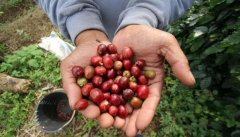
What is the proportion of Mamba coffee on the front street? How about mamba coffee? how do you drink mamba coffee?
[preface] when it comes to hand-made coffee, we have to talk about a classic match with Mamba coffee! As the name implies, Mamba Coffee is a blend of Indonesian Mantenin and Brazilian coffee. In order to see what it feels like to mix coffee with Mamba, and why it can become such a classic coffee mix. We decided to use [Lin Dong Manning] and [Brazilian Red Bourbon]
Related
- Detailed explanation of Jadeite planting Land in Panamanian Jadeite Manor introduction to the grading system of Jadeite competitive bidding, Red bid, Green bid and Rose Summer
- Story of Coffee planting in Brenka region of Costa Rica Stonehenge Manor anaerobic heavy honey treatment of flavor mouth
- What's on the barrel of Blue Mountain Coffee beans?
- Can American coffee also pull flowers? How to use hot American style to pull out a good-looking pattern?
- Can you make a cold extract with coffee beans? What is the right proportion for cold-extracted coffee formula?
- Indonesian PWN Gold Mandrine Coffee Origin Features Flavor How to Chong? Mandolin coffee is American.
- A brief introduction to the flavor characteristics of Brazilian yellow bourbon coffee beans
- What is the effect of different water quality on the flavor of cold-extracted coffee? What kind of water is best for brewing coffee?
- Why do you think of Rose Summer whenever you mention Panamanian coffee?
- Introduction to the characteristics of authentic blue mountain coffee bean producing areas? What is the CIB Coffee Authority in Jamaica?

